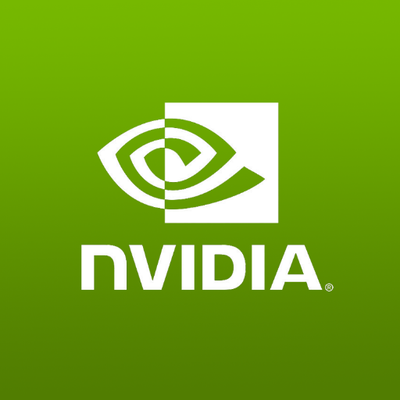
NVIDIA Product Designer Case: GPU Cluster Console for Training & Inference
This case mirrors real candidate experiences at NVIDIA, where designers are evaluated on technical depth, systems thinking, and collaboration with engineers building tools for highly technical users. You’ll design a console for ML researchers and platform admins to submit, monitor, and debug AI jobs running on NVIDIA GPU infrastructure (e.g., DGX racks, Grace Hopper nodes), and to optimize utilization across multi-tenant clusters. What the interviewer is looking for (NVIDIA-specific focus areas): - Deep understanding of developer/Researcher workflows: CUDA/TensorRT/Triton jobs, distributed training with NCCL, checkpoints, mixed precision, and profiling via tools analogous to Nsight. - Systems constraints awareness: GPU/SM utilization, HBM memory, NVLink/PCIe bandwidth, MIG partitioning, thermals/power envelopes, queueing policies, and failure modes (OOM, deadlocks, node eviction). - Enterprise-grade UX for dense information: dark-by-default UI, keyboard efficiency, telemetry panels, scalable tables, and advanced filtering for thousands of jobs/nodes. - Measurable outcomes: define success metrics such as +10–20% cluster utilization, -30% failed job rate, -25% mean-time-to-detect issues, and improved job throughput. - Security/compliance and multi-tenancy: RBAC, project spaces, audit logs, isolation of datasets/models, and safe handling of artifacts. Prompt you’ll work through: “Design the end-to-end experience for a GPU Cluster Console that supports both training and real-time inference workloads. Users need to: (1) submit jobs with resource requests (GPUs, MIG slices, memory, network), (2) monitor real-time performance and costs, (3) debug performance regressions, and (4) optimize scheduling across teams.” Expected in-session deliverables: - Problem framing: primary users (ML researcher, MLOps/platform admin, team lead), goals, and constraints. - Core flows: job submission (templates for PyTorch/JAX, container images, artifacts), live monitoring (utilization heatmap, timelines for SM/HBM/NVLink, logs/alerts), failure triage (root-cause hypotheses, actionable next steps), and optimization (what-if rescheduling, autoscaling for Triton/NIM services). - IA and wireframes: overview dashboard, job detail view, node/GPU heatmap, alert center, profiling overlay, and an iteration showing how the design scales from a 4-GPU workstation to a 1,000+ GPU cluster. - Quant plan: north-star metric(s), guardrails (SLOs/latency budgets for inference, fairness across teams), and an experiment plan (A/B for table density vs discoverability, alert thresholds). Interview flow (typical pacing at NVIDIA): - 0–5 min: Clarifying questions and alignment on users, success, constraints. - 5–20 min: Systems/UX framing and trade-offs (density vs clarity, live vs sampled telemetry, cluster vs job-first IA). - 20–45 min: Whiteboard/wireframe key screens and interactions; narrate decisions and edge cases. - 45–60 min: Stress tests: huge queues, partial outages, MIG fragmentation, cost-awareness, accessibility, and privacy scenarios. - 60–70 min: Metrics, rollout, and how you’d partner with PM/research/infra; final Q&A. Evaluation rubric (how you’ll be scored): - Technical depth and rigor (does the solution respect GPU/cluster realities and ML workflows?). - User empathy for expert users (keyboard flows, dense data legibility, progressive disclosure, presets/templates). - Decision quality and trade-offs (telemetry fidelity vs overhead, heatmap vs timeline, cluster-first vs job-first navigation). - Communication and collaboration (clear narration, receptive to feedback, co-creation with engineers/PMs). - Impact orientation (clear success metrics, risk assessment, phased rollout and validation plan). Sample follow-ups the interviewer may ask: - How would the design adapt for Omniverse or simulation workloads? - How do you visualize contention (HBM vs interconnect) and recommend corrective actions? - Propose an alerting strategy that reduces noise while catching true regressions. - Accessibility in dense console UIs; dark-mode color choices for color-blind users. - Offline/desktop vs web considerations; export APIs for automation.
70 minutes
Practice with our AI-powered interview system to improve your skills.
About This Interview
Interview Type
PRODUCT SENSE
Difficulty Level
4/5
Interview Tips
• Research the company thoroughly
• Practice common questions
• Prepare your STAR method responses
• Dress appropriately for the role